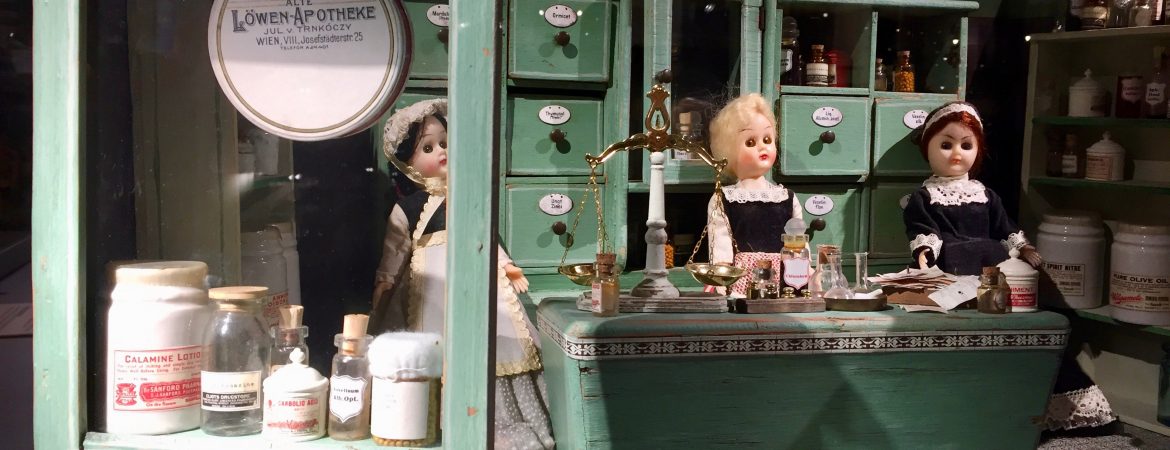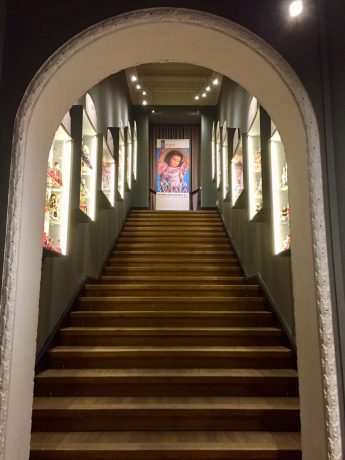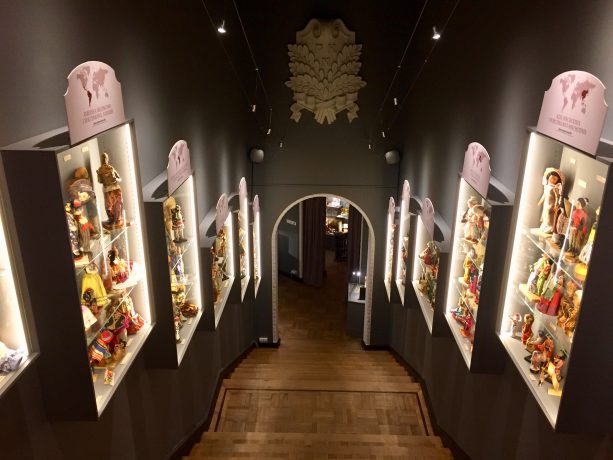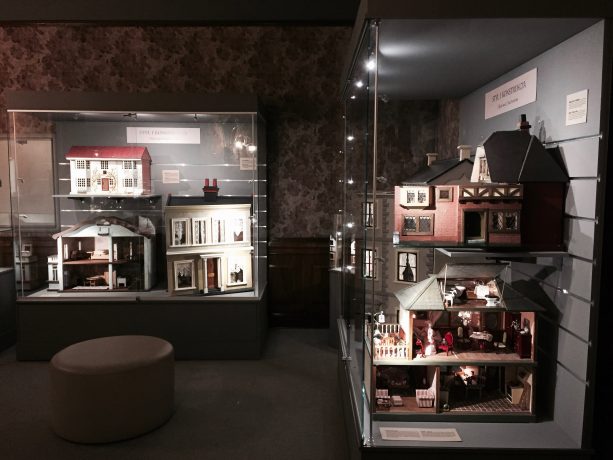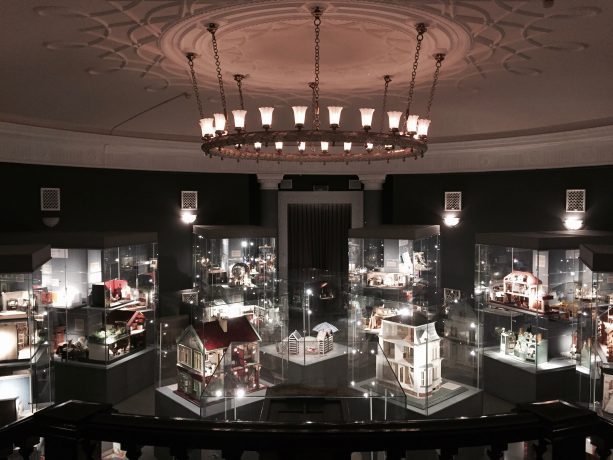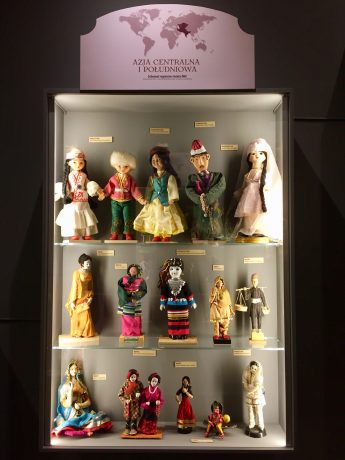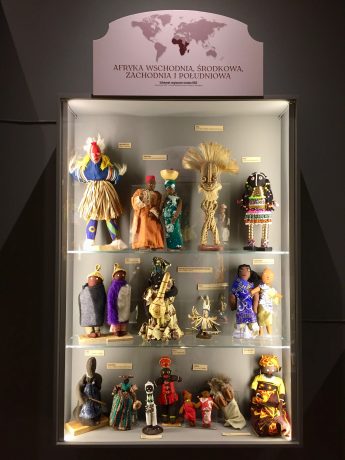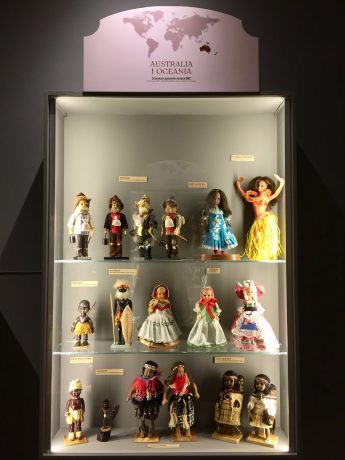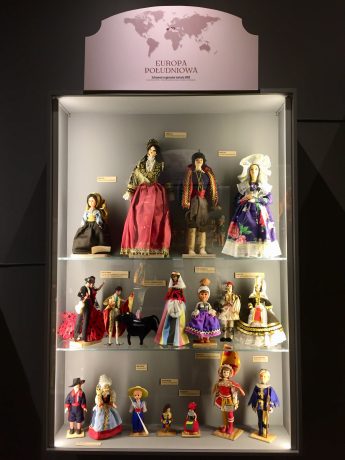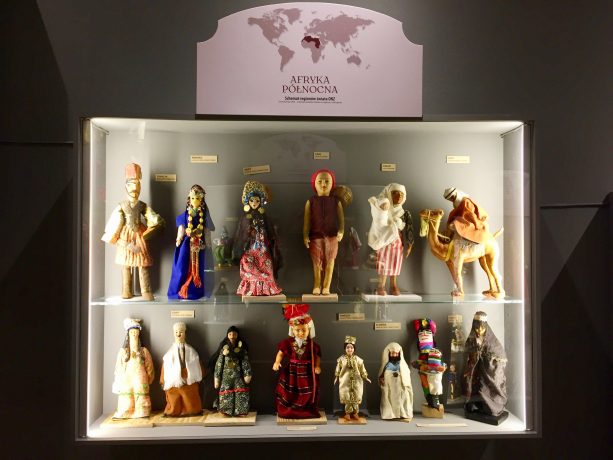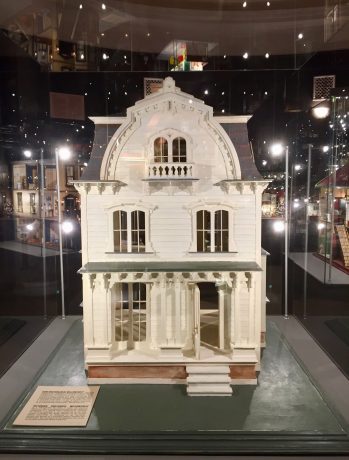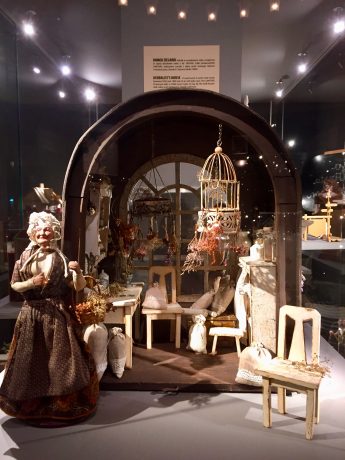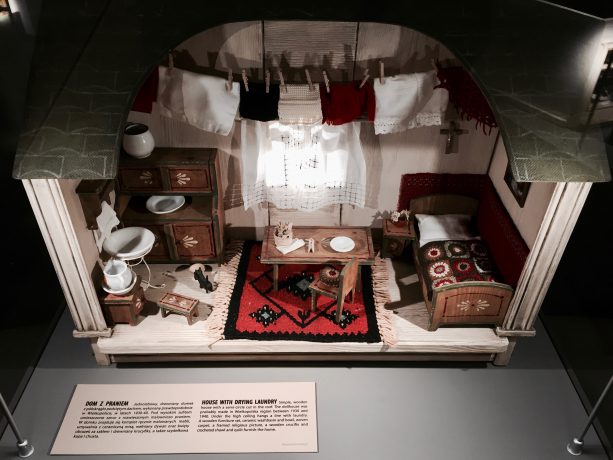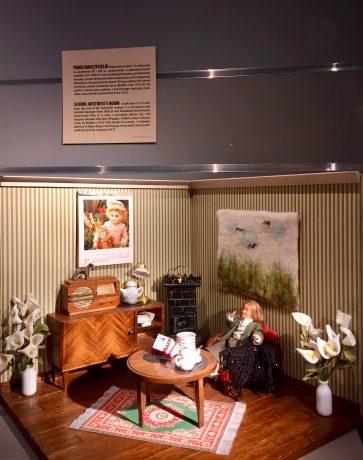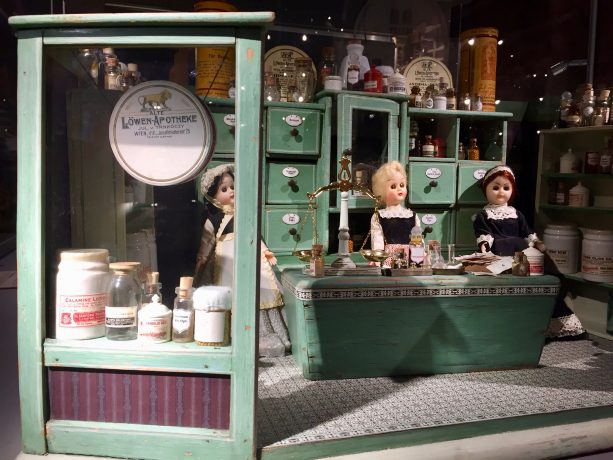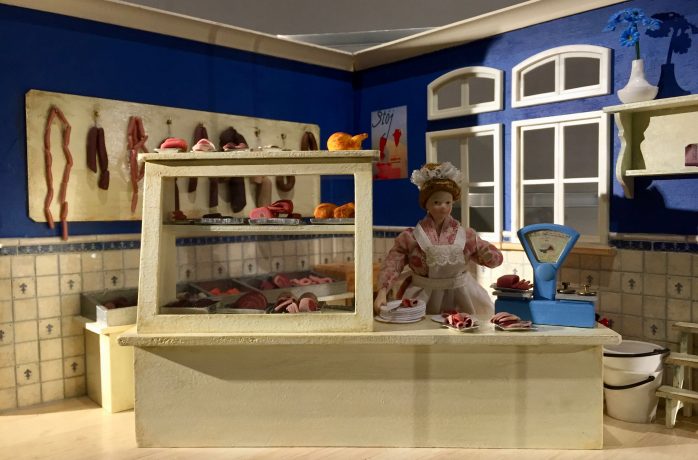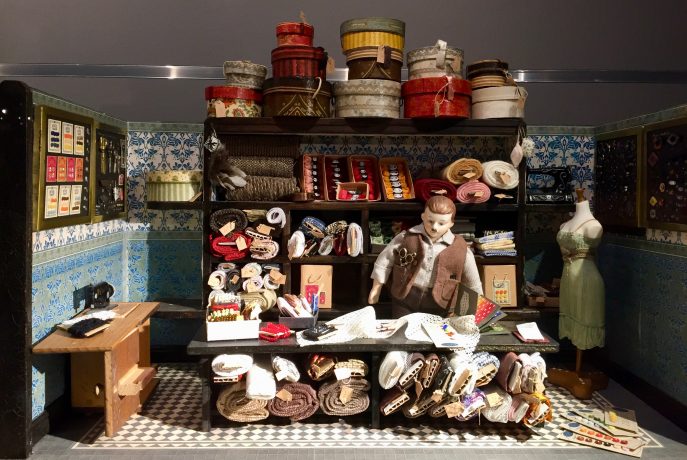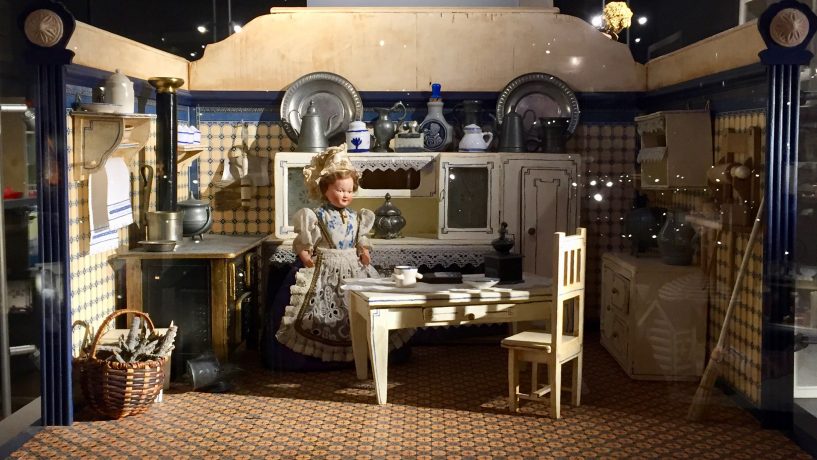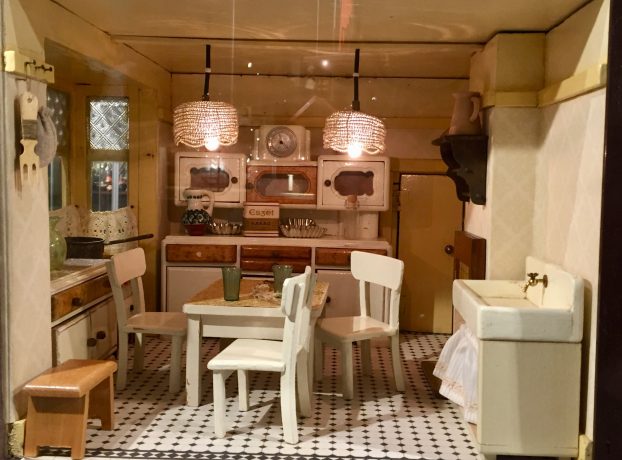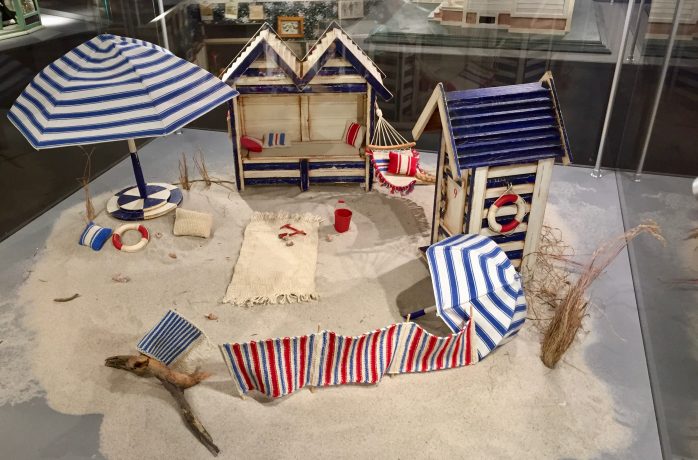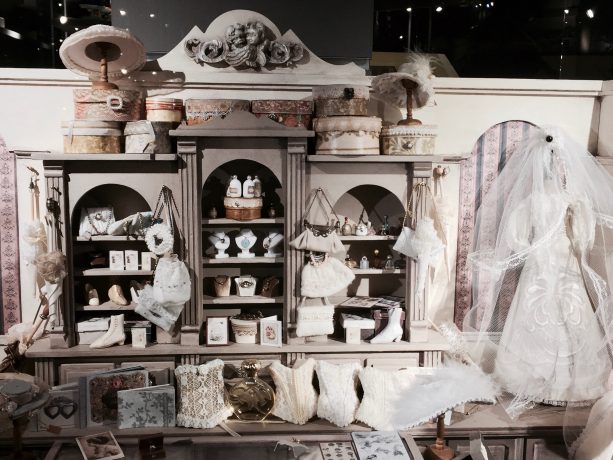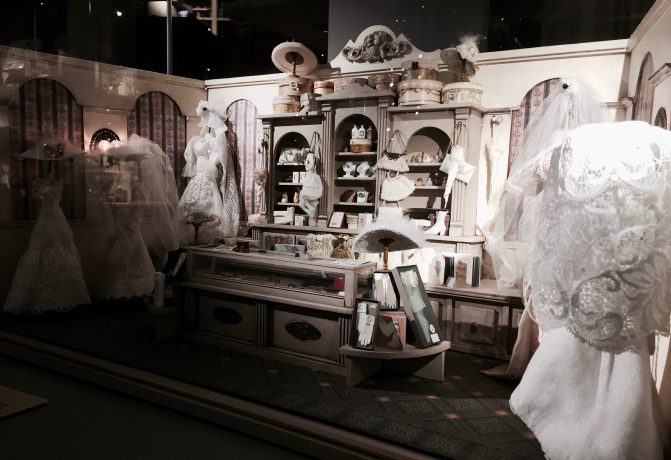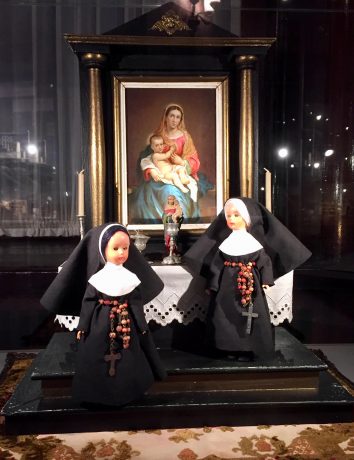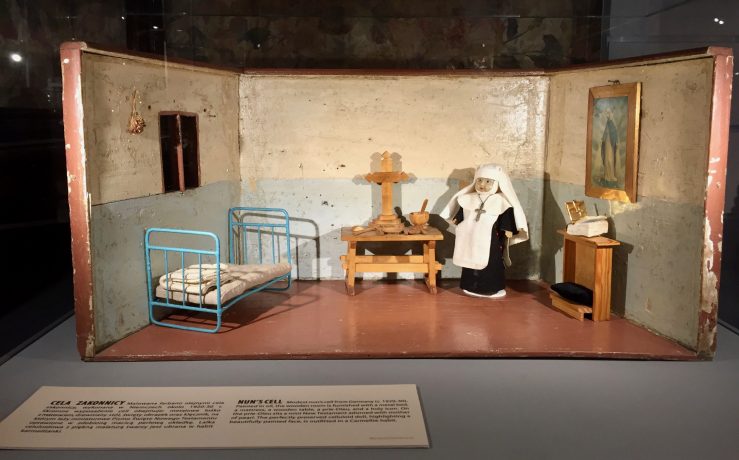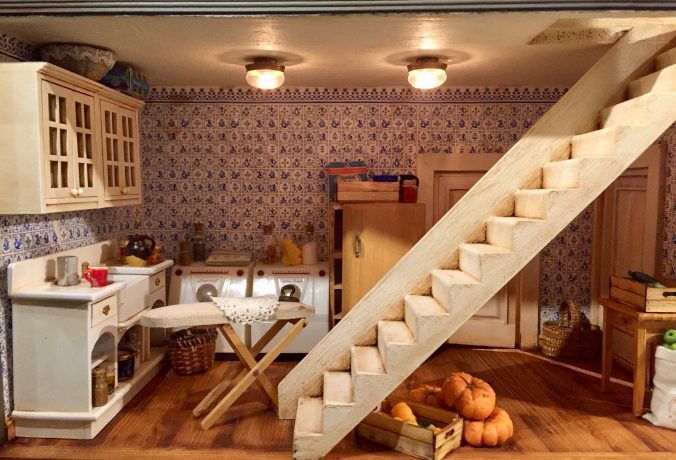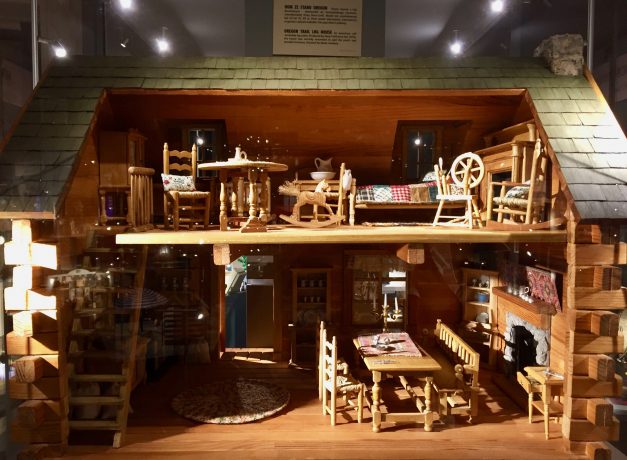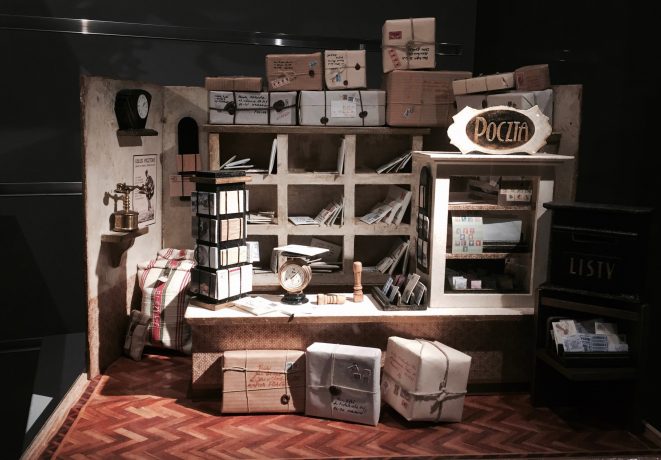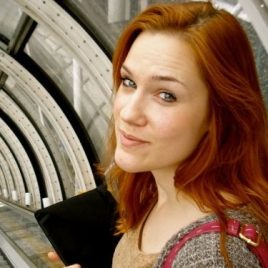Sometimes we write about those little places that started with the passion of one man. We just found such a gem in the capital of Poland. Aneta Popiel-Machnicka wanted to make a really special present for her (at that time) young daughter Róża, so she bought a stylish, wooden dollhouse called „Sunny House” from 1950 and completely renovated it. This gift actually started her collection of dollhouses and, many years later, led to the creation of this museum.
The Dollhouse Museum is located in the heart of Warsaw inside one of the Palace of Science and Culture's chambers. The space used to be a VIP lounge that belonged to the Congress Hall; the interiors have a unique design, thus making it look like a massive dollhouse itself. This gives the Museum even more of the nostalgic touch as though you are really entering a magical world!


The most beautiful dollhouses were created in Germany between 18th and 19th century. These dollhouses were very popular in England, Holland, France and Italy. At the end of 19th century, apart from the dollhouses, the interior doll rooms were also fashionable; there are quite a few doll rooms to admire in the Museum.
The visitors enter the Museum though a secret door. There is no chance we'll reveal the secret, our lips are sealed. Photographs of the mystery entrance are not allowed as the guides really guard their secret. Hosts care for each little detail and try to make their guests’ visit extraordinary. For children it’s like entering paradise, for adults it’s like moving back in time to years we always recall.
After you enter the secret passage, you'll find yourself in the first little hall where the exhibition starts. The displays are divided into several section and assemble the dollhouses with different themes. At the front is Style and Construction where you are presented with the most unique tiny houses with the strangest design. The first one to spot is obviously „Sunny House”, which started everything. Now, you can take as much time as you want to look inside and admire each little detail. There is even tea in the tiny cups lying on the tiny table on the tiny balcony. It is a piece of art! Dollhouses were created from everything: fruit case, plywood or even shoes box.
Through the hall, you enter the main lounge with the massive exposition. The glass cabinets reflect the chandelier lights which looks like diamonds. It’s also nice and quiet there. Your nostalgia level rises. The next section is Sleep and Relaxation presenting a variety of little rooms, mostly bedrooms. There is also an Art Deco Bedroom with original French wallpaper from 1915 (!) and the Vero Orange Room with plastic furniture made in 1975 and much more.
The next exhibit is all about Goods and Services and it’s truly magical. There is a tiny, elegant boutique with a precisely arranged display featuring miniature corsets, necklaces, perfumes and even lace umbrellas. Also, look for the „Three Sisters” Pharmacy, modeled after the Viennese pharmacy „Beneath the Lion” from 1920, and the Folding Shop and Rogark Doll from 1950s! There is also a butcher's shop, draper’s shop (made in 1940), a post offices full of letters and parcels and a really funny (at least in the present) shop called „Dream of The People’s Republic of Poland” full of tiny plastic sausages and hams that were so desirable back in time.
Another section, Education, presents many different classrooms with different dolls, such as a little PE class in the gym or Municipal School from 1935 complete with its originally dressed dolls and still-working miniature school bell! There is also a Preschool for Teddy Bears and a wooden German dollhouse from 1970. On the other side, there is Kitchen and Storage, Rooms and Apartments and Public Health with beautiful toy representation of hospital or cooking and dining areas such as Breton Kitchen from 1930.
However, the most interesting and unique section is hidden further down the corridor! Here, you will see dollhouses that, instead of rich interiors, are designed as nun’s cells with dolls dressed as nuns or priests. Such playthings were very popular back in time and the oldest one is from the end of 19th century. When parents decided that their child should have career in Church as either a nun or a priest, they were helping him to find their vocation by offering him the right toys. Also, in the nun’s school, playing with this type of dolls was compulsory.
Next, you get to the gallery by the stairs where temporary exhibitions are usually on display. We were lucky to see the special international doll collection by mother and daughter Ewa and Jagoda Liszka called „Around the World,” Guests can admire and compare the unique toys from different continents.
Our favorite object of the whole display is the beautiful, wooden Oregon Trail Log House (from 1970), reminiscent of classic Christmas movies and Miss Hope’s House. There is also another wooden dollhouse from 1945-1950 which was designed by a Polish pilot from Wing 304 who settled in London after World War II. It was purchased for the collection from his granddaughter.
Each of the dollhouses have a rich history behind them. Usually, it was a gift to loved ones, but sometimes it was created simply because of one’s passion, imagination and exquisite craftsmanship. The overwhelming feeling of warm nostalgia is everywhere and follows you from one display to another. You don’t want to leave this place, because you know that on the other side of this thick curtain (you can’t leave through the secret entrance, it’s a one-way mystery!) there is this loud, rapid world and you will lose this pleasant, marshmallow-like feeling for good. If you are in Warsaw, do yourself a service and visit the Dollhouse Museum. You won’t regret it. Everything will suddenly slow down and you will find yourself being five years old again. What can be better than that?
